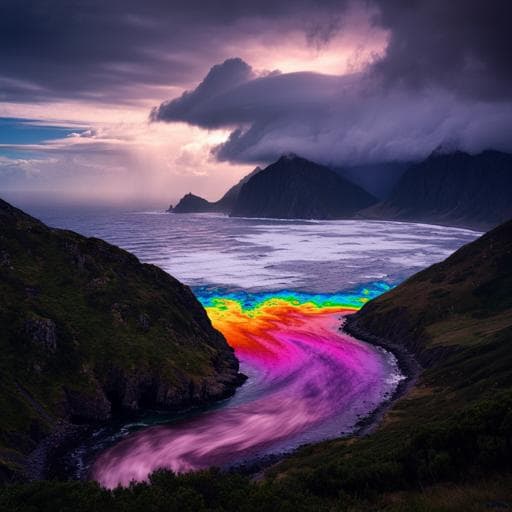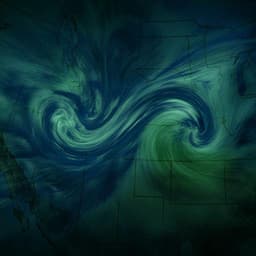
Earth Sciences
Ocean fronts and eddies force atmospheric rivers and heavy precipitation in western North America
X. Liu, X. Ma, et al.
Discover how atmospheric rivers can be influenced by mesoscale sea-surface temperature anomalies along the Kuroshio Extension, leading to an increase in landfalling ARs and substantial precipitation along the U.S. west coast. This groundbreaking research by Xue Liu, Xiaohui Ma, Ping Chang, Yinglai Jia, Dan Fu, Guangzhi Xu, Lixin Wu, R. Saravanan, and Christina M. Patricola highlights the interconnectedness of oceanic conditions and climate events.
~3 min • Beginner • English
Related Publications
Explore these studies to deepen your understanding of the subject.







